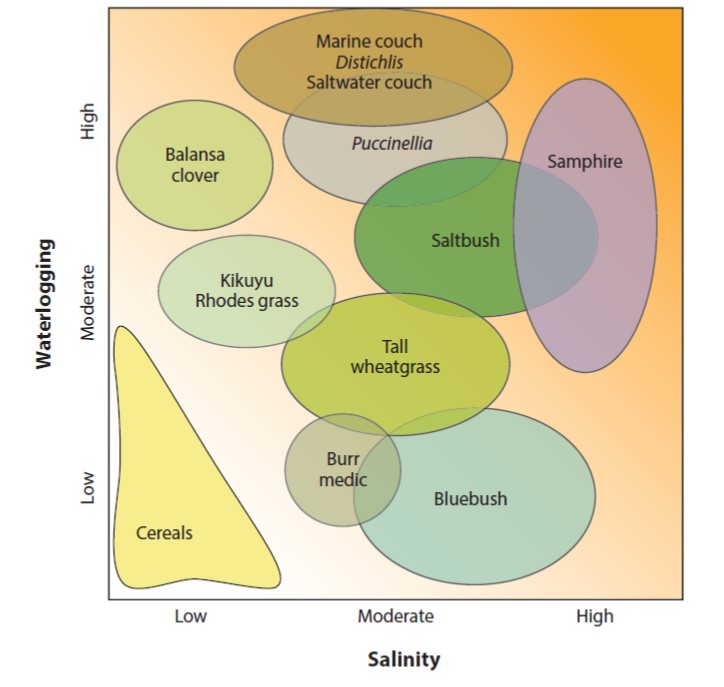
Review: Salt-tolerant crops: Time to deliver
Plant Science Research WeeklyFew topics are as inherently interesting from both fundamental and applied perspectives as salt tolerance in crop plants. From the basic science side, cells have several strategies that they use to keep Na+ levels low in their cytosol in spite of what can be a very steep concentration gradient from out…
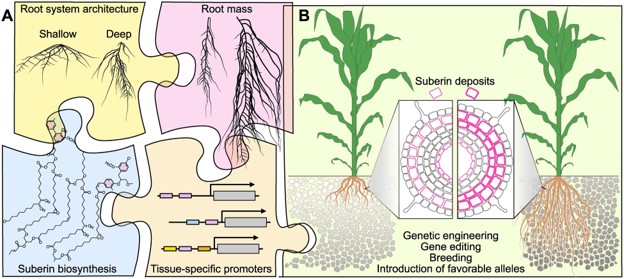
Plant Cell Focus Issue on climate change and plant abiotic stress biology
Plant Science Research WeeklyThe January 2023 issue of The Plant Cell includes a focus issue on “Climate change and plant stress: From genes to ecosystems”. This timely focus issue has in it commentaries, reviews, and research articles on the topic. I particularly enjoyed reading the two reviews that include short perspectives…

Drought resistance or yield? In search of gold, we lost the diamond (Mol. Plant)
Plant Science Research WeeklyArtificial selection has significantly increased crop yield. However, this has come at the cost of compromising abiotic stress tolerance. Stomatal aperture has an important role in abiotic stress tolerance. Abiotic stress induces stomatal closure and involves the intracellular production of reactive…

Tobacco leaf tissue rapidly detoxifies direct salt loads without activation of calcium and SOS signaling (New Phytol)
Plant Science Research WeeklySalinity stress is one of the primary abiotic causes of crop loss worldwide. In roots, the early response to high salt levels is coordinated largely via the well characterized salt-overly sensitive (SOS) pathway, which is dependent on Ca2+ signaling. However, how plants cope with elevated salt levels…
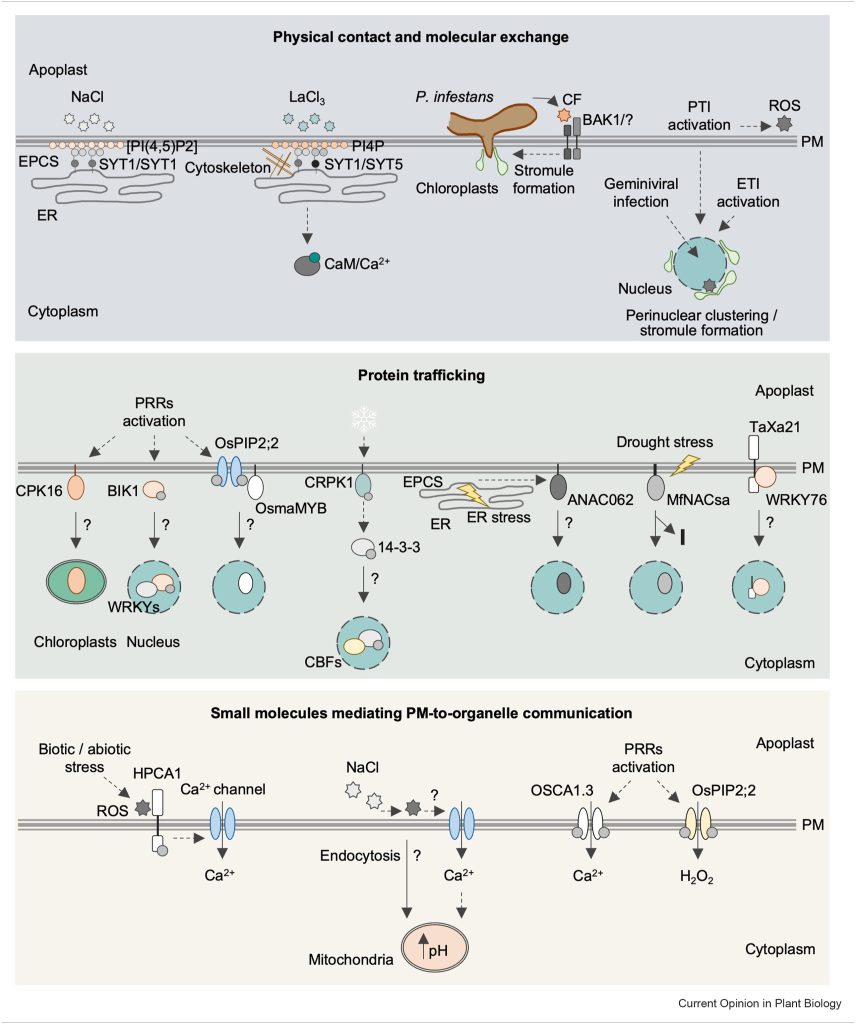
Review: Plasma membrane-to-organelle communication in plant stress signaling (Curr. Opin. Plant Biol.)
Plant Science Research WeeklyThe plasma membrane (PM) is a critical interface between the cell and its environment and serves crucial sensing and transducing roles. This timely review by Medina-Puche and Lozano-Durán updates exciting new developments in understanding communication between the PM and intracellular organelles, focusing…
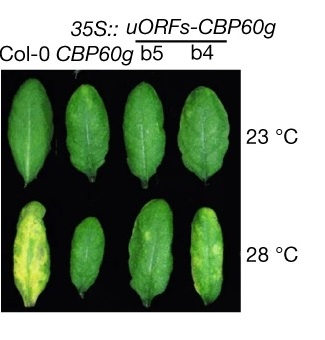
Increasing the resilience of plant immunity to a warming climate (Nature)
Plant Science Research WeeklyPlants demonstrate increased susceptibility to pathogens upon exposure to heat stress, apparently due to suppressed salicylic acid (SA) accumulation and subsequently decreased effector-triggered immunity. How exactly does heat stress cause this suppression, and how can we take advantage of genetics to…
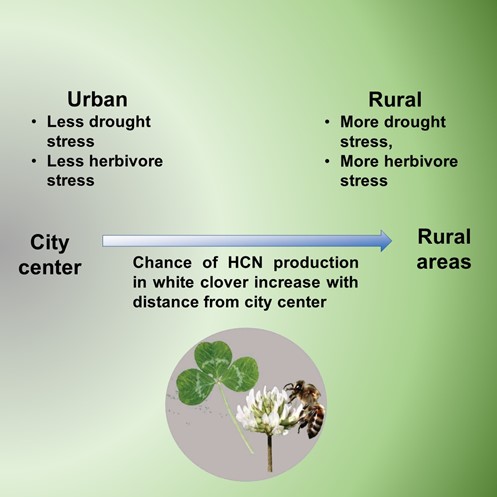
The urban environment led to unintended adaptive evolution in plants (Science)
Plant Science Research WeeklyGenerally, evolution is driven by natural selection, but not always. Human activities lead to the creation of unique niches, and other organisms must adapt accordingly. Cities are unique niches that are significantly different from rural areas and natural conditions. The urban habitat provides plants…
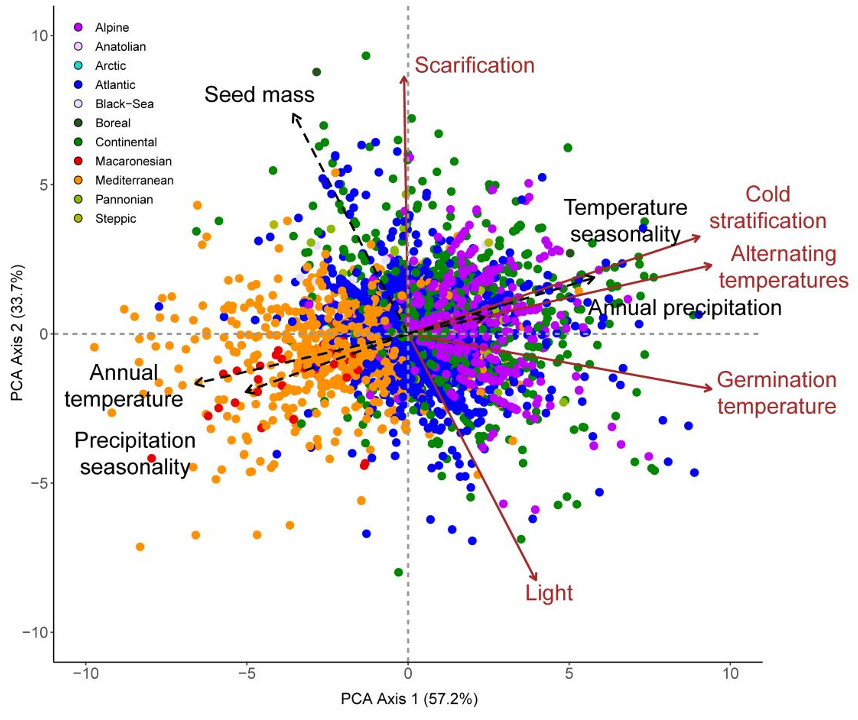
Climate shapes the seed germination niche of temperate flowering plants: a meta-analysis of European seed conservation data (Ann. Bot.)
Plant Science Research WeeklyThe seed germination niche is the set of environmental conditions in which a seed can germinate. This collection of requirements is expected to be tuned to the climate each species encounters in its natural habitat, but this hypothesis remains to be formally tested. Here, Carta and colleagues make use…

Seed dormancy in space and time: global distribution, paleo- and present climatic drivers and evolutionary adaptations ($) (New Phytol.)
Plant Science Research WeeklySeed dormancy is widely recognized as a key mechanism to ensure that germination takes place under the most suitable conditions. Such is its importance that multiple studies have described the morphological, physiological, and genetic mechanisms behind it, yet its global distribution and the past and…

